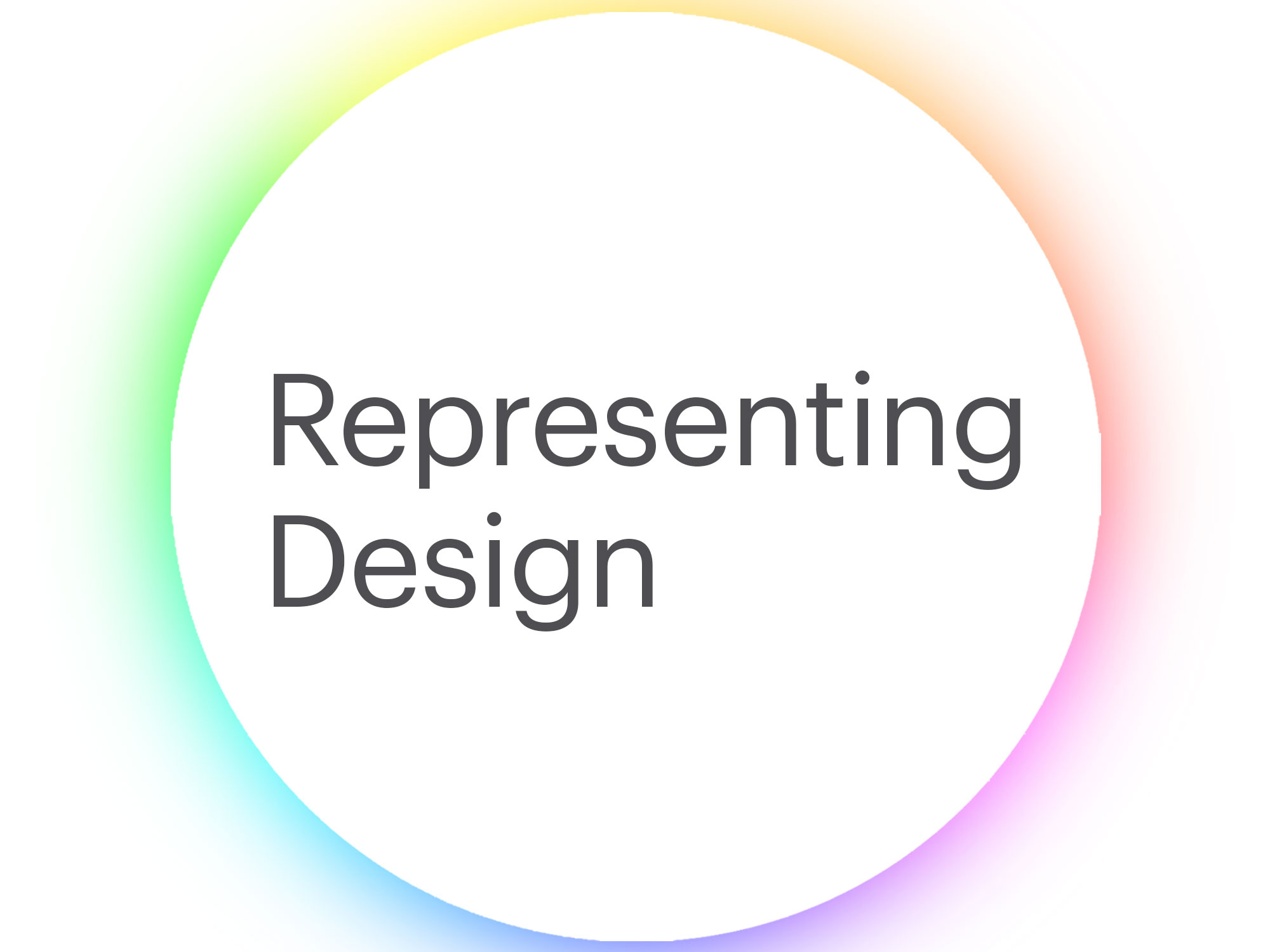Here at the 100 we're interested in opinions, and not just our own. There are a great many issues, challenges and opportunities facing design in Ireland and Irish designers at home and around the world, and we want to hear and share more about them. One way we're going to do this over the coming months is Viewpoints, a series of posts looking at a particular question in design, answered by a different person. We think consensus is unlikely, and that's what we're interested in: design is anything but uniform, and the people working in the industry, the methods applied and the factors affecting the discipline are abundant and varied. So it's bound to be the case that our thoughts and opinions on design are equally multifarious.
We kick off the series with a question that affects us all and concerns the representation of design and designers to industry, government and the public at large. We have asked a number of people to reflect on how design can be represented, and first up to answer was Kathryn Wilson. Kathryn is Creative Director at Slater, specialising in brand strategy, brand identity, packaging and print design. An alumnus of Central Saint Martins, London, she is also Past President (2015-2016) of the Institute of Creative Advertising and Design (ICAD) and has served on their board for a total of three years. We asked her if it is viable, credible, achievable or indeed desirable to represent the whole design community with a single voice. And here's how she responded:
Is it viable, credible, achievable or indeed desirable to represent the whole design community with a single voice?
I think you've got to start by asking why we need to represent the design community and then examine how we might achieve this. For my part I think the three key reasons we need representative organisations are support, advocacy and promotion.
I believe we need representative bodies that support us as we embark on our careers and to help us develop through them - for education and guidance. Advocacy can only succeed when we stand together as a collective and speak with one voice. In advocating for design we must speak of its value and represent those who work in our community. I think it's only through advocacy that we can we hope to advance growth in our industry and develop an understanding and respect for the value of design. And lastly, promotion: by identifying and promoting the very best of our work it should also foster an appreciation of great design in the wider public and encourage all of us within the design community to strive for a higher standard.
From a less analytical point of view I feel these bodies that represent us should engender a sense of community. As designers very few of us are solely in it for the pay cheque, we also love what we do and it’s part of who we are. We share a common appreciation for what we do with our fellow designers and we can and should build a community based on this.
So with this in mind, do I think one voice can represent the whole design community? I think from a purely practical point of view we're severely hampering our efforts and our effectiveness in having so many initiatives and organisations. Let's speak about how ICAD is set up as an example. ICAD has one full time employee and a Board of industry professionals. The Board is made up of people working in the industry who usually either own their own company or hold senior positions in the companies they work for, therefore these people have responsibilities to their own agency or studio which they must fulfil first to pay the bills. So this leaves ICAD as an organisation largely propelled on the goodwill and spare time of the Board. I know most of the other initiatives and bodies are also run by volunteers in their spare time. So in terms of the people power, if you have a lot of people with little time working in such a fragmented way across a number of organisations we reduce our effectiveness. If we move from people power to funding we encounter similar issues - we have a limited number of sponsors and access to public funding in a small economy like ours so spread across a variety of initiatives with a fragmented approach again reduces impact.
If we then return to why we need to represent ourselves - in my opinion, for support, advocacy and promotion - I don't think we have the capacity to effectively do any of these things unless it's resourced properly. With this in mind I actually think it would be more viable and more credible to come together. For me part of the success of ID2015 was that it had the resources to be more active, to coordinate from a central point and to advocate for design.
As to achievable I’m not sure. I think it’s unlikely that we will ever speak with one voice, there are many opinions and much self-interest to be served by the different organisations existing. What I think would be desirable would be for us to come together in some way in order to be less fragmented and reduce overlap and most cruciallly to advocate for and defend our design community. I think what's striking is that when design is derided in the media it does us harm as an industry and who speaks out? We need to stop saying it's not our place or fear standing up for ourselves and proudly and positively get out into the public sphere to talk about design.
